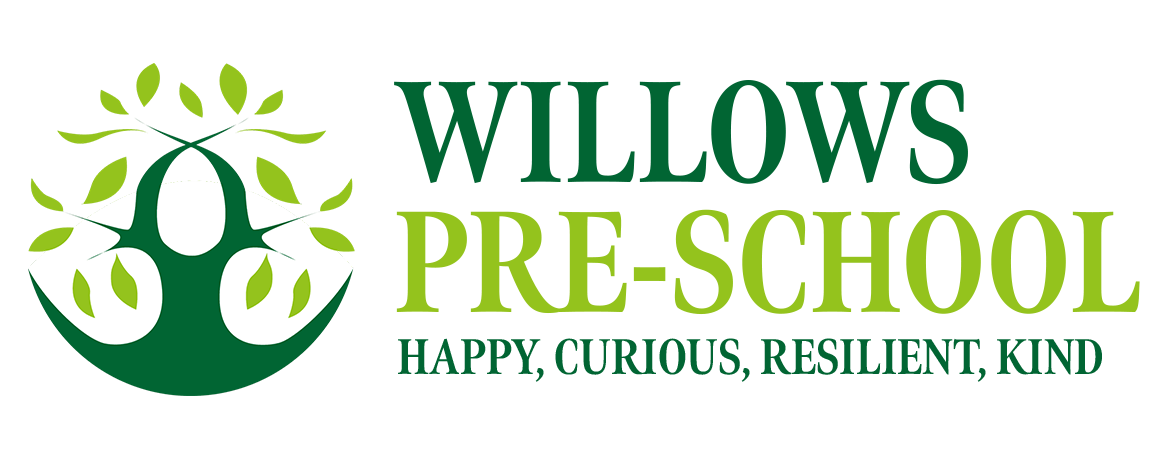Our Hammersmith Toddlers went to Chiswick House and Grounds to explore the story We’re Going on a Bear Hunt by Michael Rosen.
Children love to hear the same stories over and over again. During each reading, they are absorbing words, sentence structure and a deeper understanding of the story. Then, when they tell the story to themselves, they solidify this knowledge and convert heard language into expressed language.
Remembering the order of a story is key to understanding. Good readers can anticipate the next part of a story, which helps beginning readers to form good guesses about unfamiliar words and advanced readers to learn to read more quickly. Additionally, being able to put information in a sequence is also an important part of problem-solving in all subject areas.
By reading a story and asking children to tell you what happened, or by asking children questions about the story, you can significantly increase their ability to remember details and patterns. Here at Willows, we start story retelling with familiar books we’ve read before or wait until we’ve read a book several times before asking the children to tell us about what happens, especially for our younger children. If a child has trouble answering any questions, we use the book’s pictures to help them remember.
Here at Willows, our teachers use story retelling to develop and also evaluate reading comprehension. In addition to asking a child to explain the plot, you can encourage deeper understanding by asking questions about the story like: “Who are the characters?” or “What problem did the characters face? How did they solve it?”
We often ask the children to retell the story to us, it shows that you are interested in what they are learning and thinking. You don’t always have to read the story to your child first. Ask them to tell you a story about a wordless book, or about the pictures of a book they are looking at. Even reluctant readers enjoy this bonding activity. Add some creativity by taking turns retelling the story!
We’re Going on a Bear Hunt is not only a classic for this age group, but it is also amongst some of our favourite stories! When taking the children to Chiswick House and Grounds, we talked about the story in the minibus to refresh the children’s knowledge of the story first.
When disembarking the minibus, many of the children eagerly noticed some similarities between the park and the story. Such as the grass and the “forest”. Without prompting, the children remembered some key phrases from the book such as the grass being “Swishy Swashy” or repeating “Stumble Trip” through the wooded area. When the children came to the pond and waterfall it reminded them of the river in the story. The teachers talked about how to stay safe near water and, unlike the story, the pond is very deep, and we cannot go through it like the children in the book. This led to the teachers discussing the differences between real life and stories.
Reminding the children that while some things in a story can be done in real life, there are some things we should not do or things we will need more help to do than the characters in the book.
The children recapped their adventure during a picnic lunch in the shade with an assortment of sandwiches, fruit, and some water before coming back to nursery to tell their friends all about their adventure. And yes! They did find the bear! Though the bear looked suspiciously like a member of staff…
- Looked around the park for signs of a bear
- Looking for the different habitats listed in the story
- Reenacting the story where possible
- Sitting for a picnic to recap the story and the events of the trip
- They found the bear! (Joy)
- Came back to tell their friends all about it





